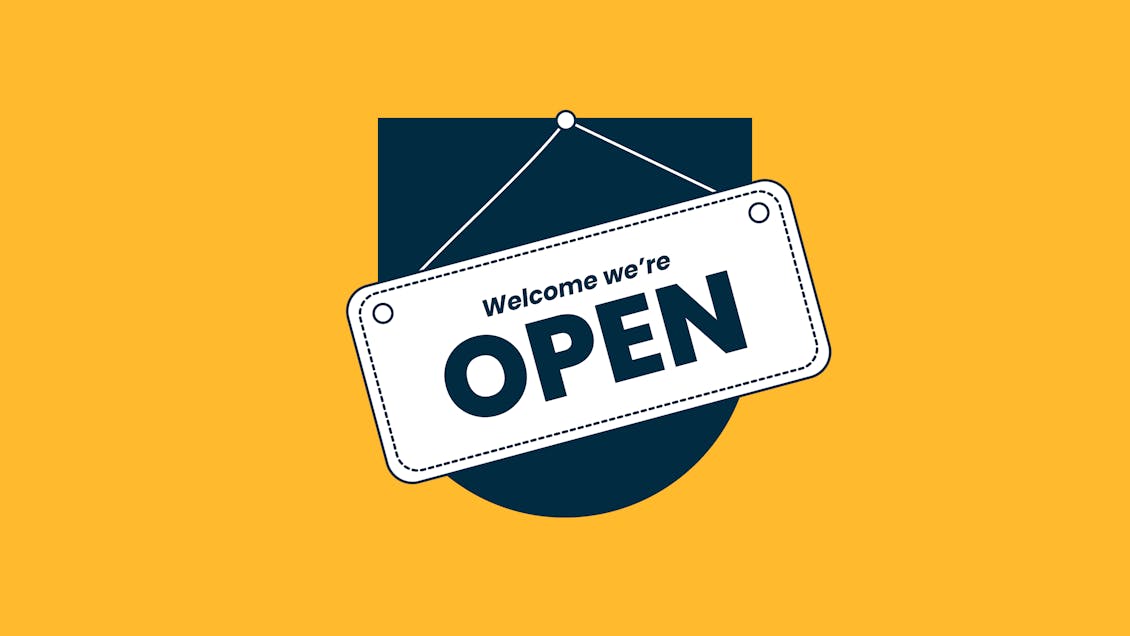Trends in Micro Financing

One of the demographics most impacted by the COVID-19 pandemic is the lower-income community. Individuals who are impoverished or living on minimum wage have been hardest hit by the surge in unemployment due to social distancing restrictions. Many of these individuals, and their families, have lost a significant portion of their income, which forced a significant number of these groups to fall below the poverty line. This financial strain on low-income households has demonstrated the importance of readily accessible microfinance institutions (MFIs).
For those who are less familiar, MFIs provide banking services to those who are unemployed, low-income, or lack access to mainstream financial services to help them become more self-sufficient. MFI services became that much more important when the pandemic further hindered this already struggling population. As a result, the majority of MFIs had to adapt to the new economic and social landscape in order to continue to support their marginalized clients. Below are a few of the technological trends that microfinance institutions have adopted to navigate this pandemic environment, as well as some of the lessons that other industries can learn from.
Balancing remote channels with in-person services
To the surprise of many experts, most MFIs have limited their investment in remote channels. While many industries have transitioned to fully-online platforms, MFIs have resisted the urge to expand their remote services – and perhaps for good reason. A recent CGAP survey found only 40% of their surveyed MFIs perform some transactions over remote channels. Meanwhile, 25% of the respondents said they weren’t offering any digital transactions. This might reflect the strain of their operations, but also the limitations of their clientele. Not all of their clients will have the income or the technology to remotely manage their finances. Therefore, controlled in-person services may be one of the only viable options for many MFI customers. As limiting as this may be, it might prove financially responsible moving forward as well.
One lesson that all industries can take away from how MFIs have scaled their remote channels is that companies need to be able to balance a variety of goals and customers. While the pandemic has completely disrupted the current economic landscape, it won’t last forever. Therefore, businesses should be wary of allocating all their resources towards remote services that may not be viable in a post-COVID existence. That being said, there does have to be enough flexibility to accommodate your current consumer base. Sometimes, that means offering a diverse selection of channels for your customers like in-person, over-the-phone, or online transactions. Part of this flexibility, however, depends on your staffing arrangements.
Developing a flexible staffing plan
Since the beginning of the pandemic, about one-sixth of microfinance institutions have closed or issued staff redundancies. The firms that have overcome these pandemic-induced challenges have been those that have improved their staffing flexibility. By offering work-from-home options and lowering average staff working hours, MFIs have been able to maintain their operations, while also better managing their finances. Once again, pandemic success revolves around effective compromise and balance. While work-from-home arrangements may present additional challenges, they lower operating costs, keep staff members employed, and support operational efficiency in a time when traditional office settings are not permitted.
Offering flexible repayment options
The economic fallout from the pandemic has hindered borrowers’ ability to stay current on payments. According to the CGAP survey, 85% of MFIs extended leniency measures to borrowers, either offering moratoria or restructuring repayment terms. Kiva.org, a peer-to-peer crowd-lending platform that is considered an innovator in global microfinance, introduced a six-month grace period on repayment as part of its response to the pandemic. While the speed of the pandemic recovery varies from country to country depending on severity of the outbreak, a compassionate response from microlenders could help bolster a rebound. In the U.S., recent Census data shows that 4.5 million business applications were filed in 2020 — a record high, and an increase of 24% from the year before. Entrepreneurs are seeking their own opportunities for financial freedom, and the microfinance industry can help.
At Modus, we believe the key to post-pandemic success is careful optimization. Recognize that you can’t improve everything; it is a matter of using the resources you have, in the environment that you are in, to the best of your ability. To learn more about how we can optimize your digital solutions during this uncertain period, contact our team for more information.


